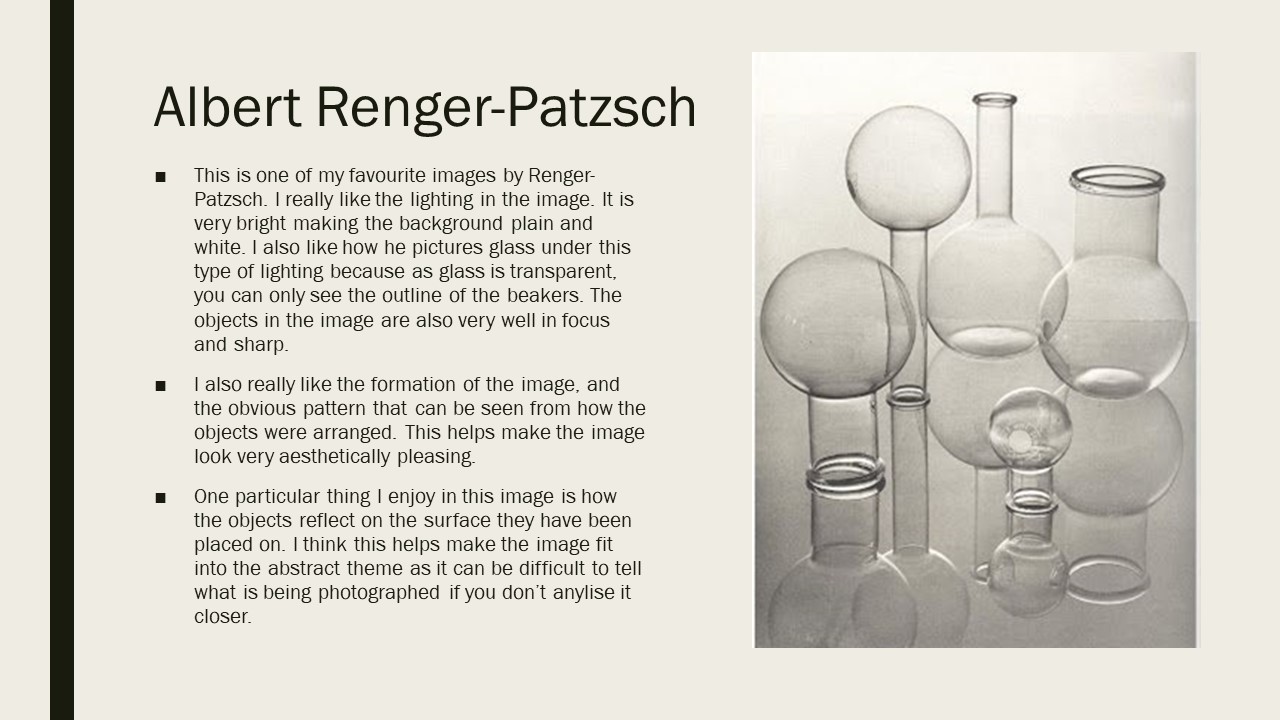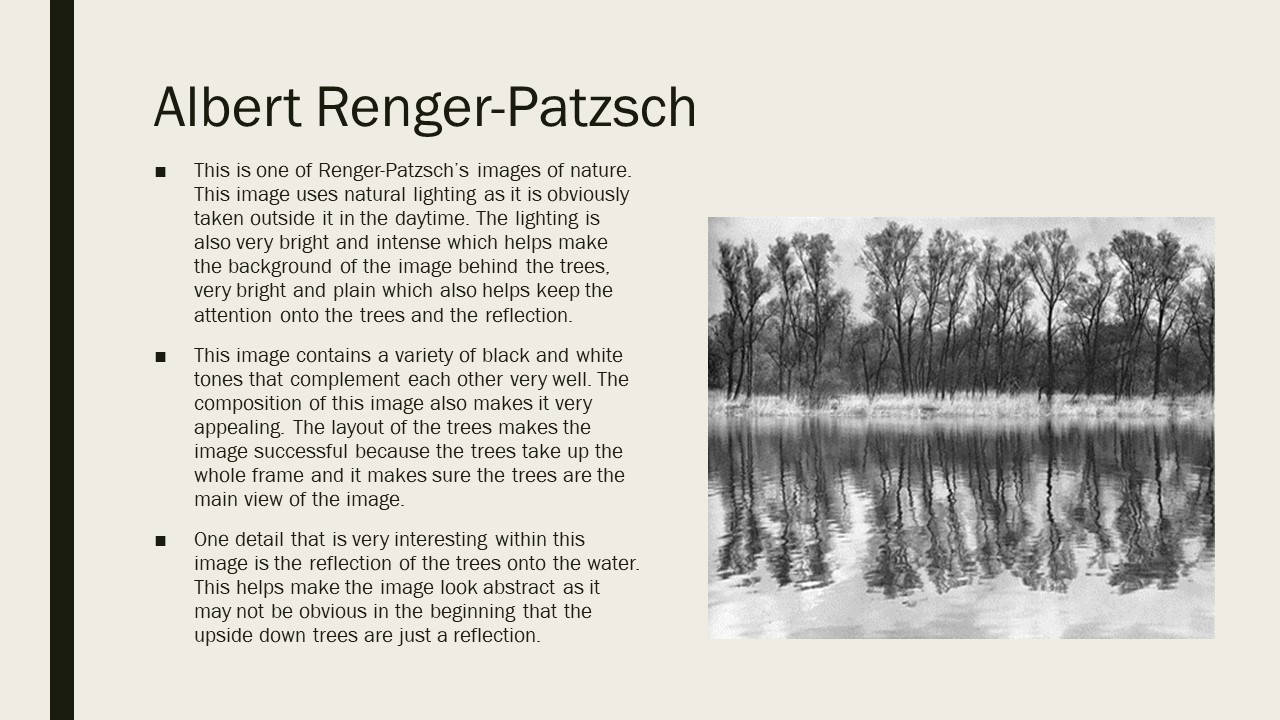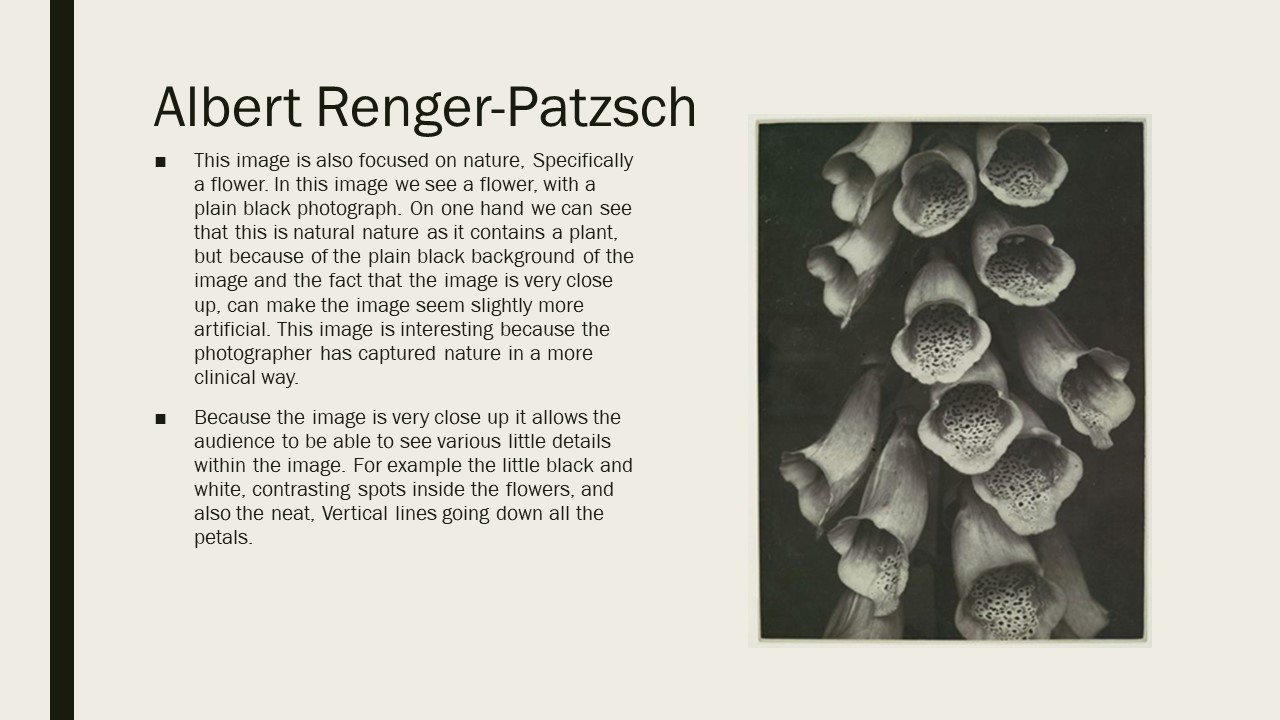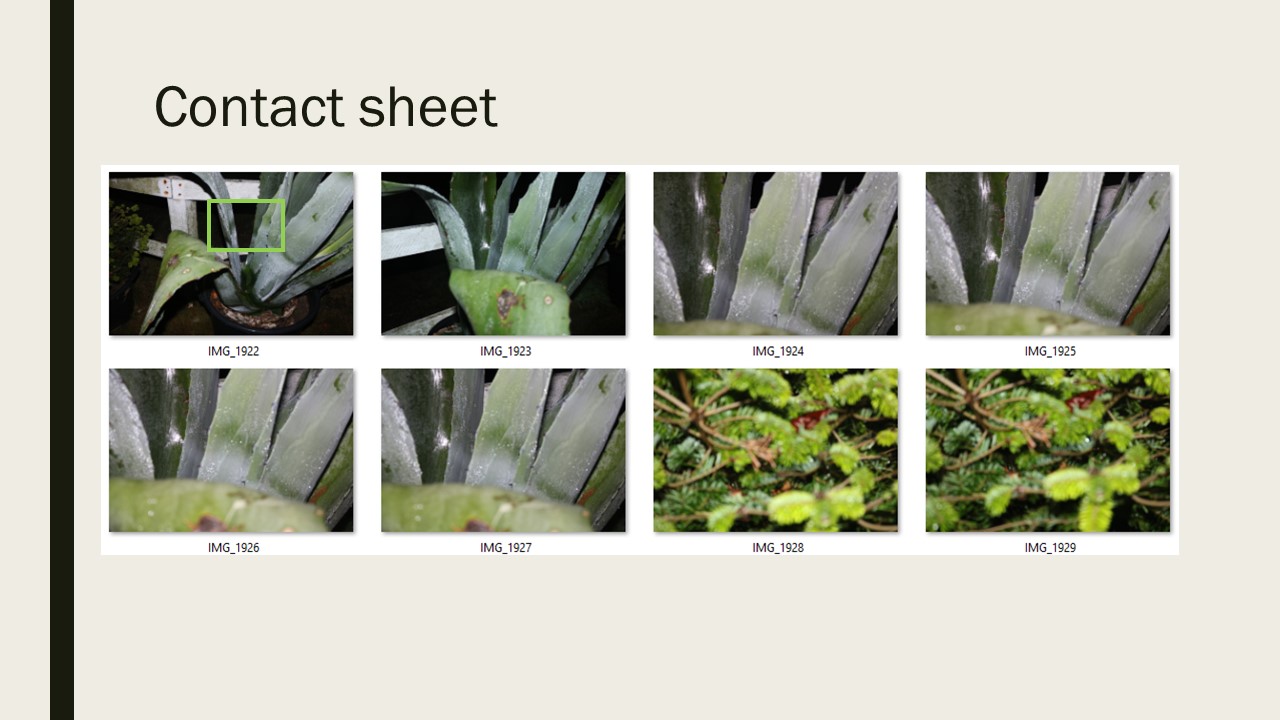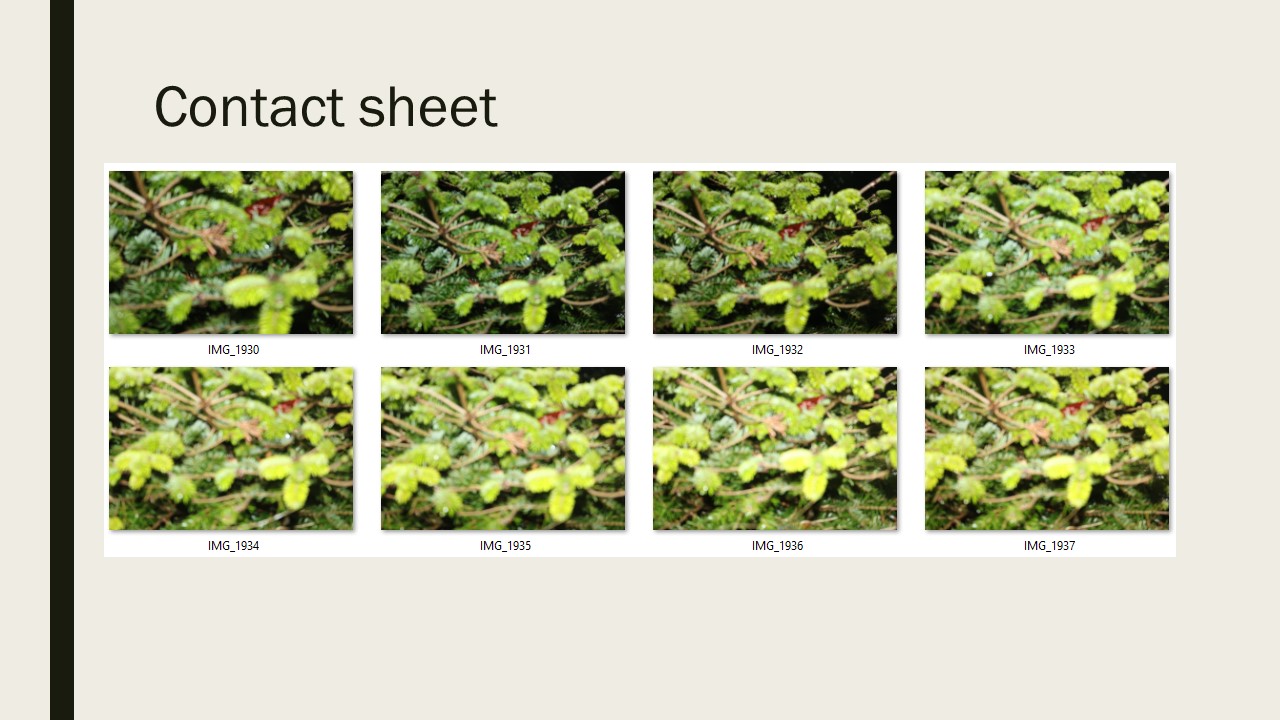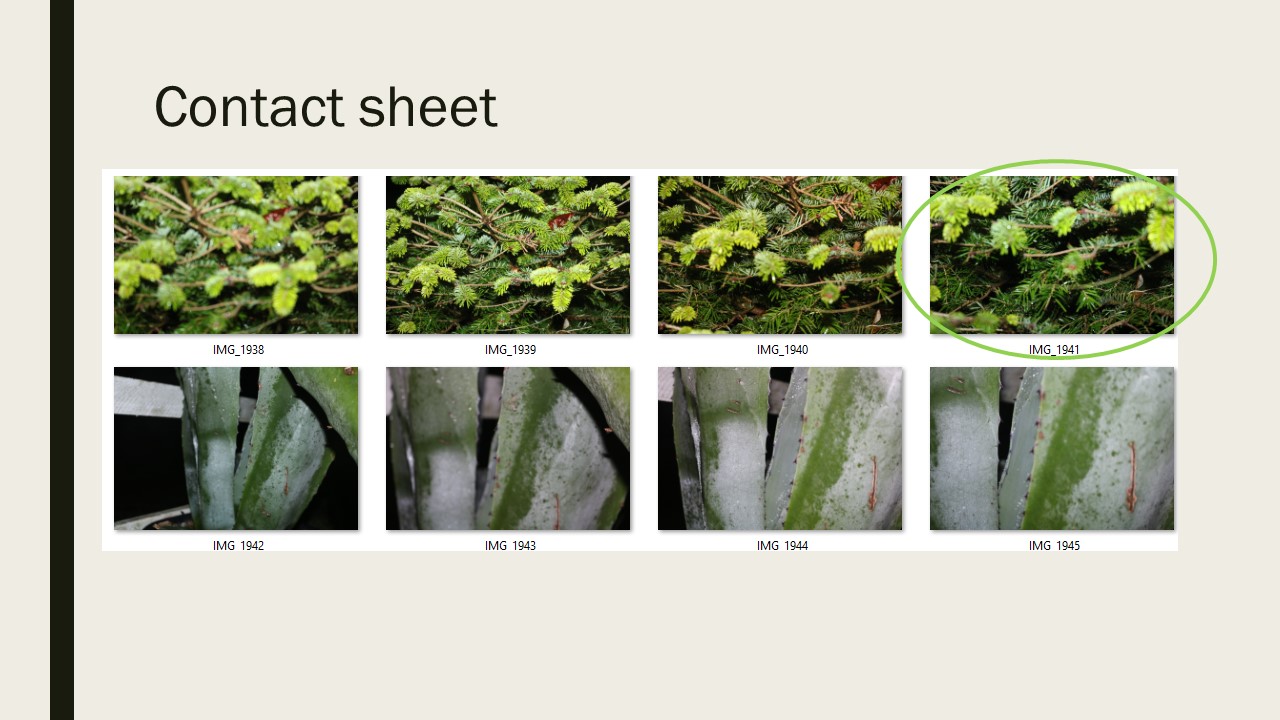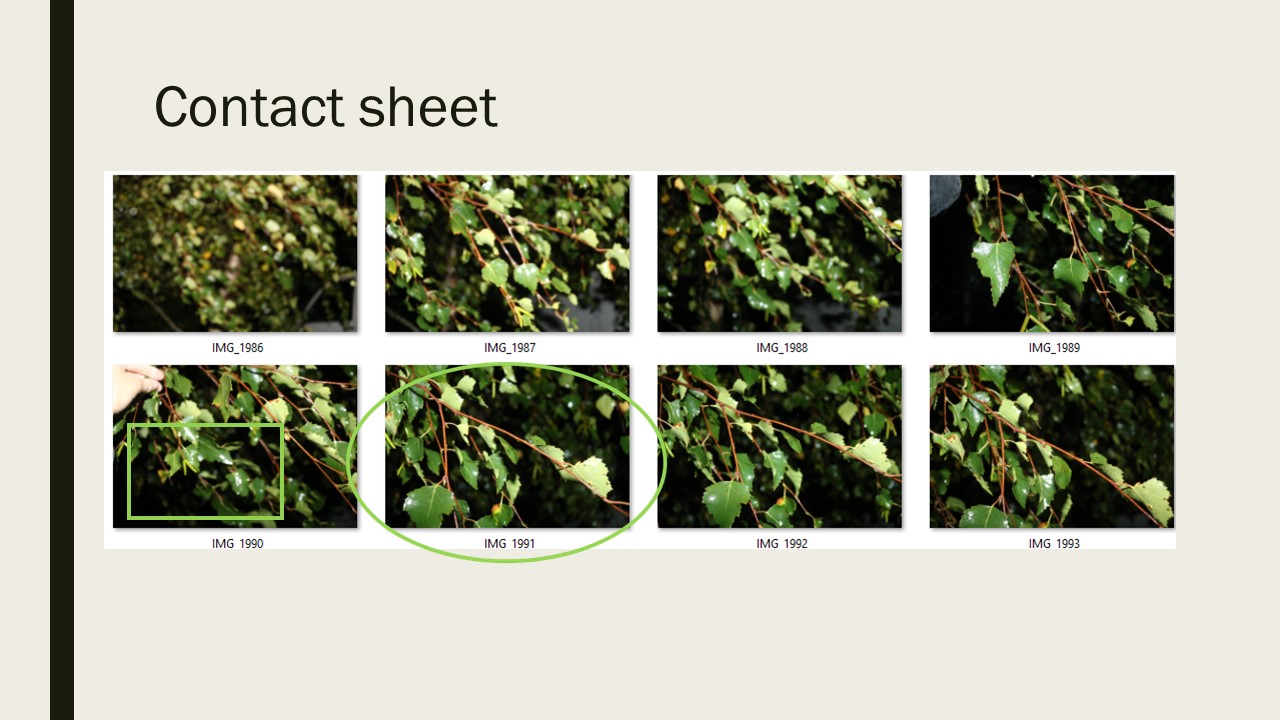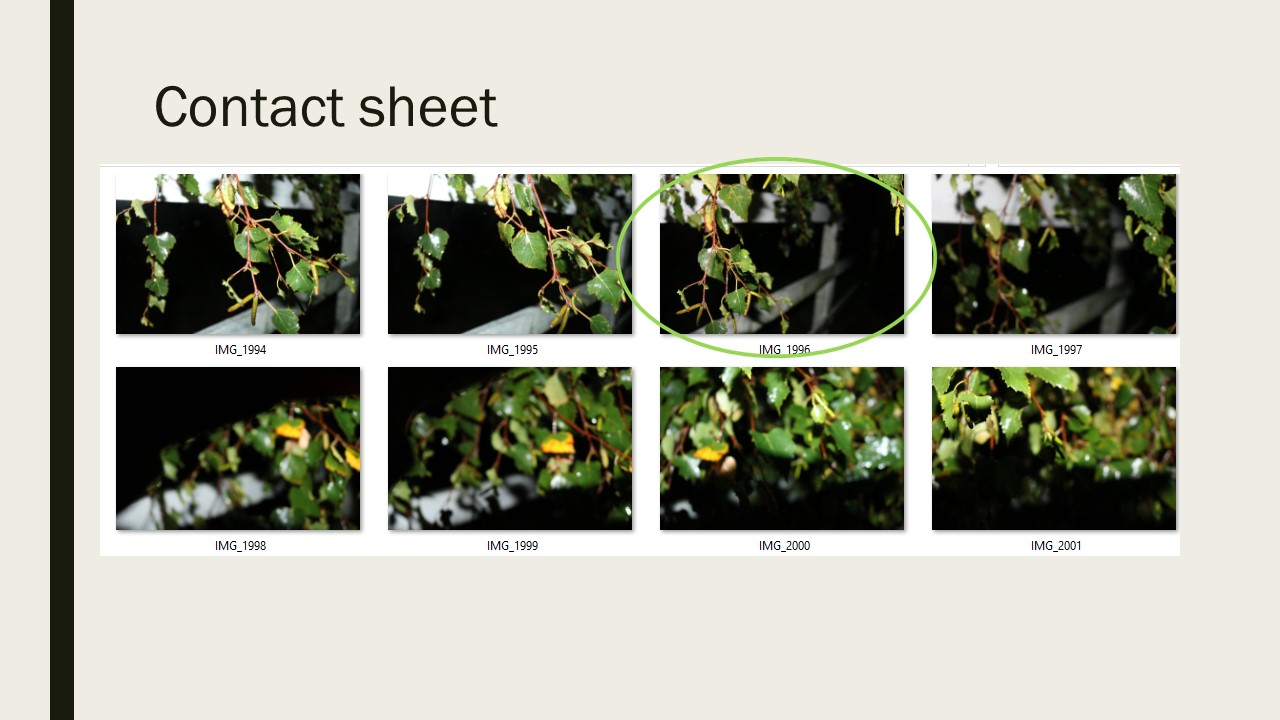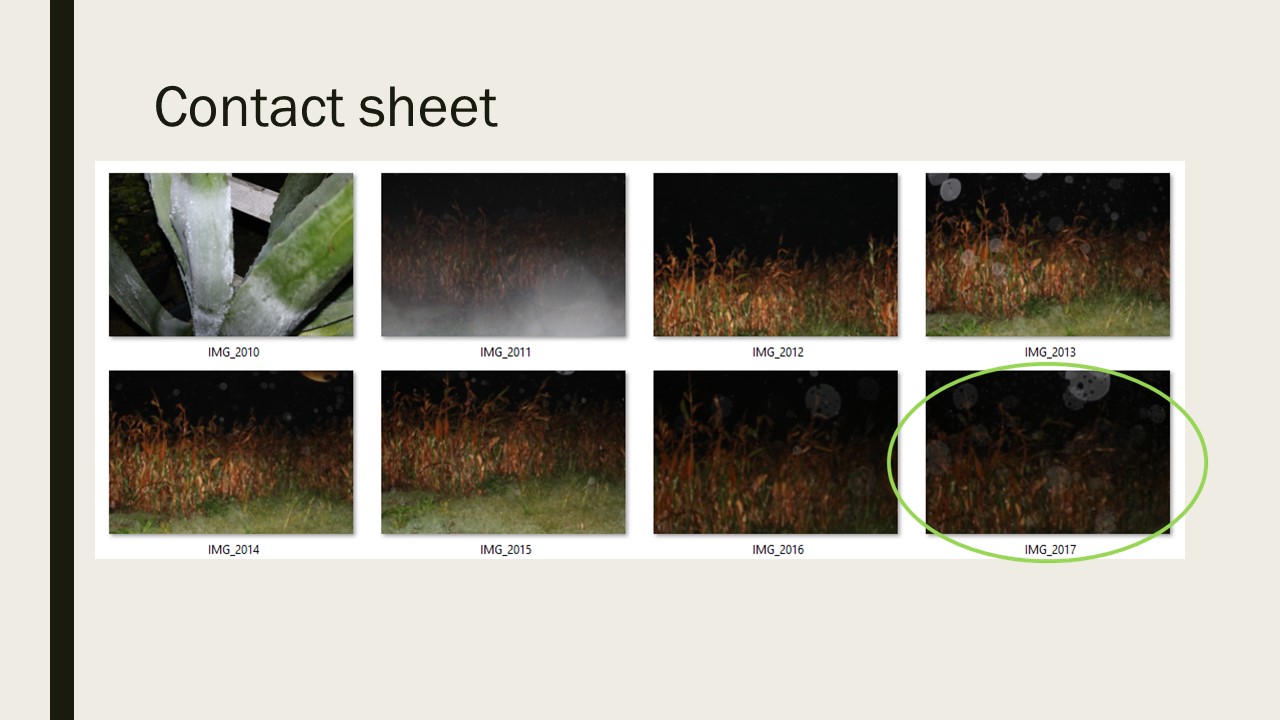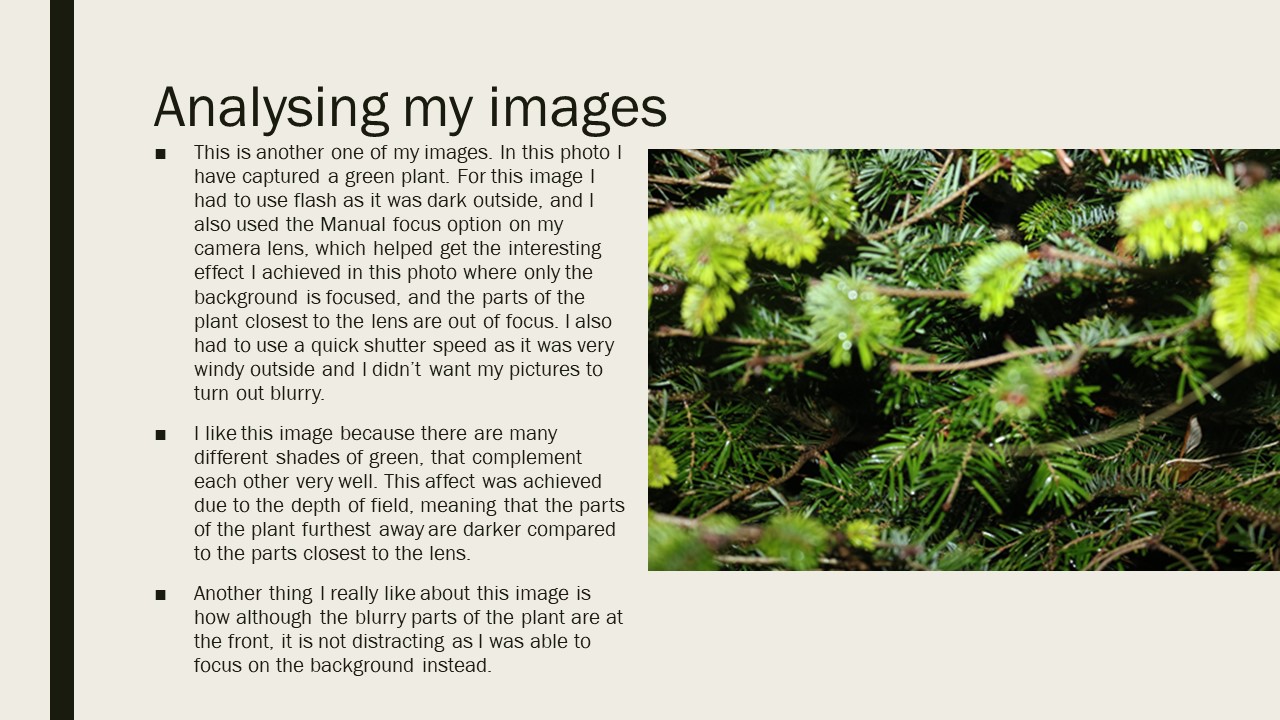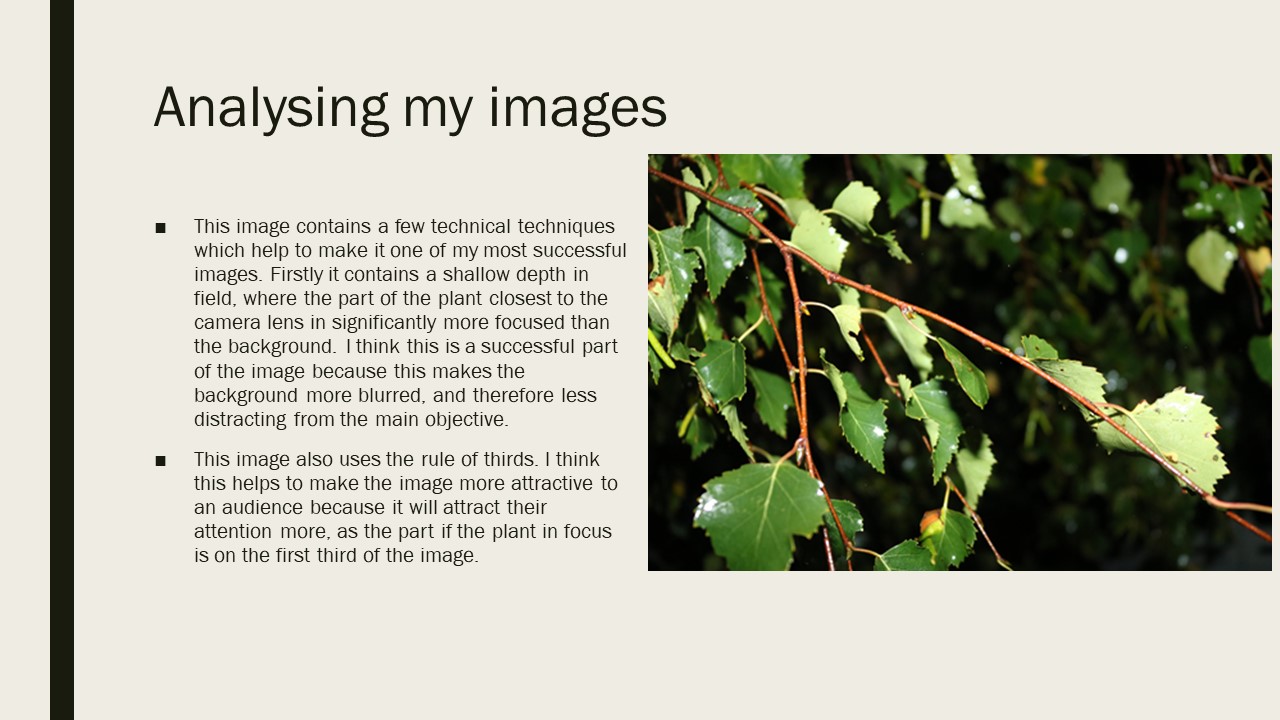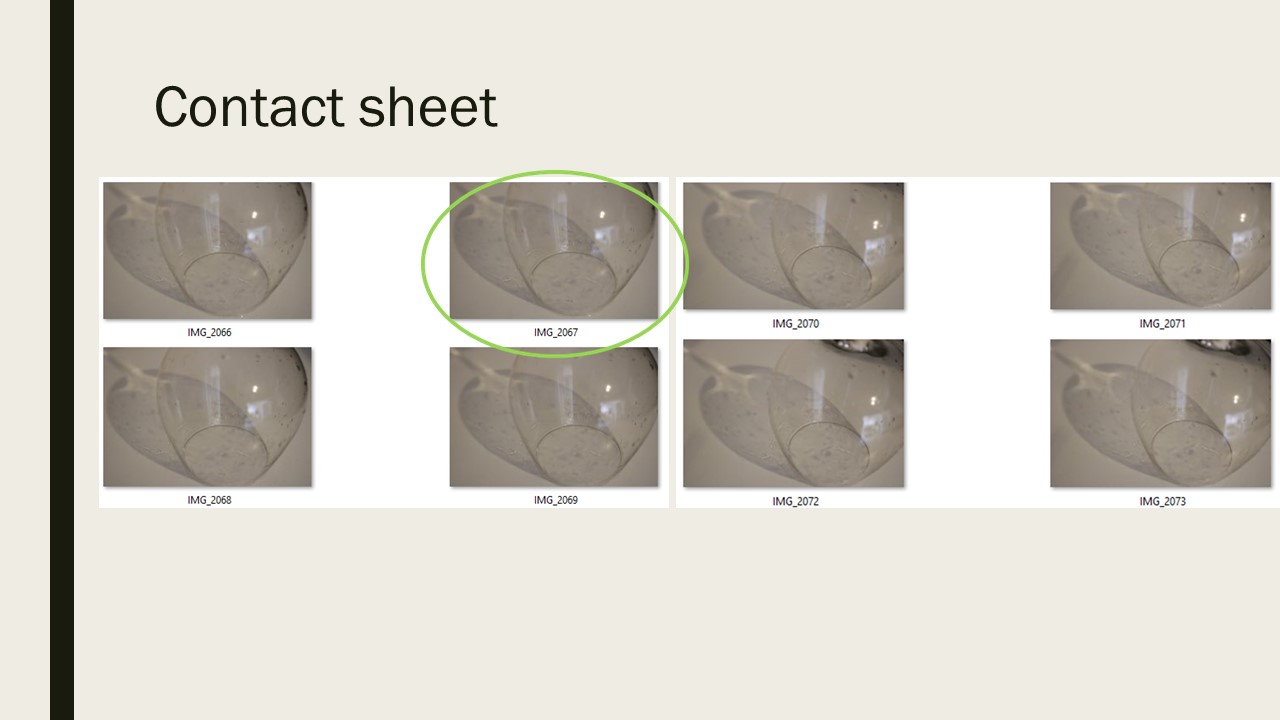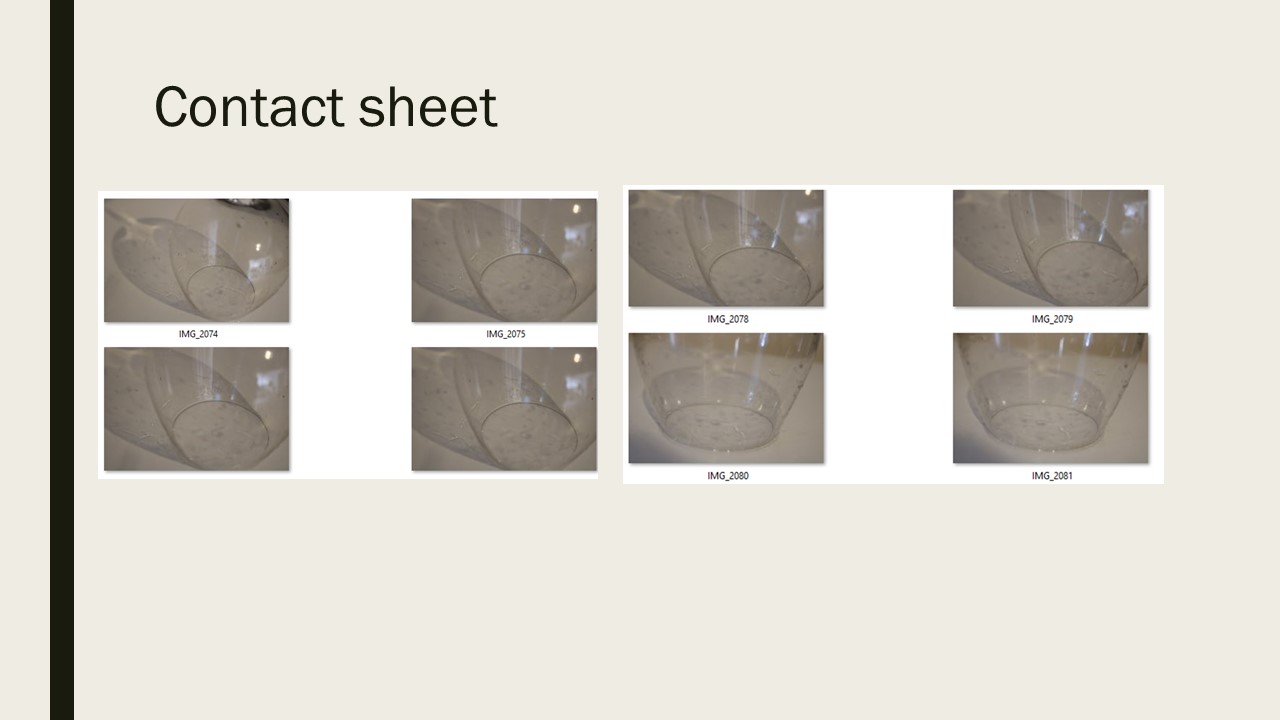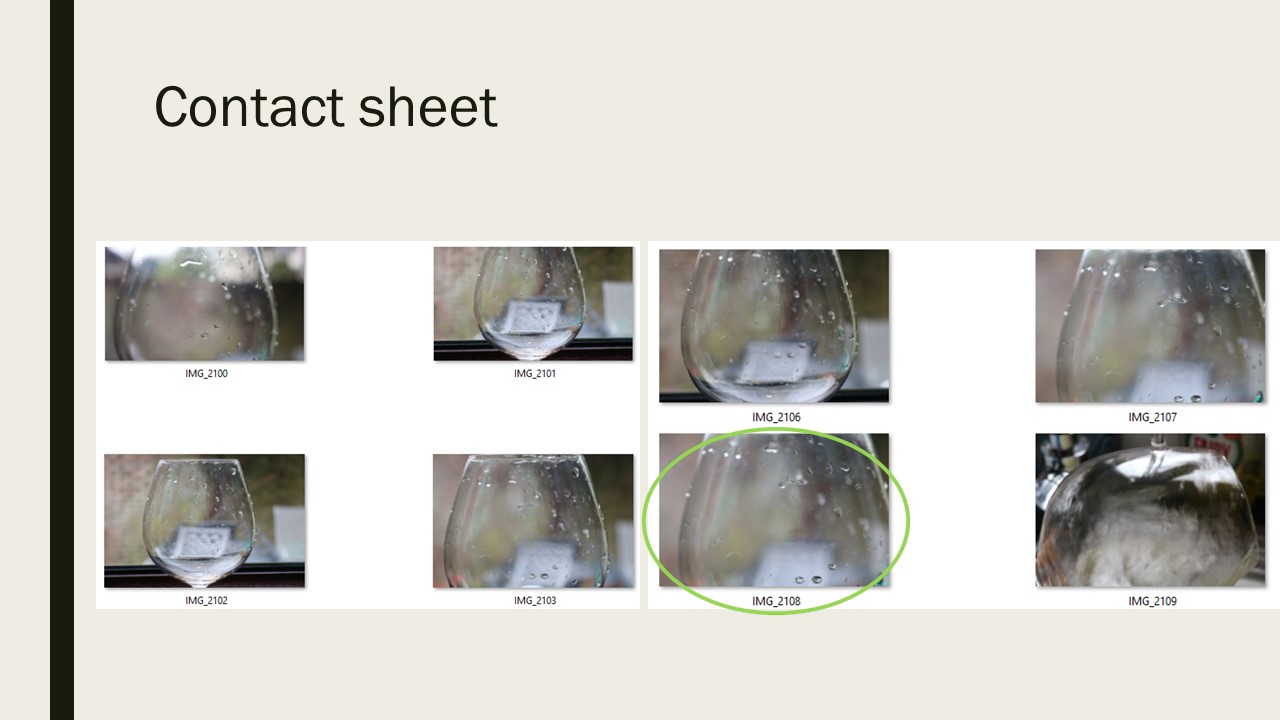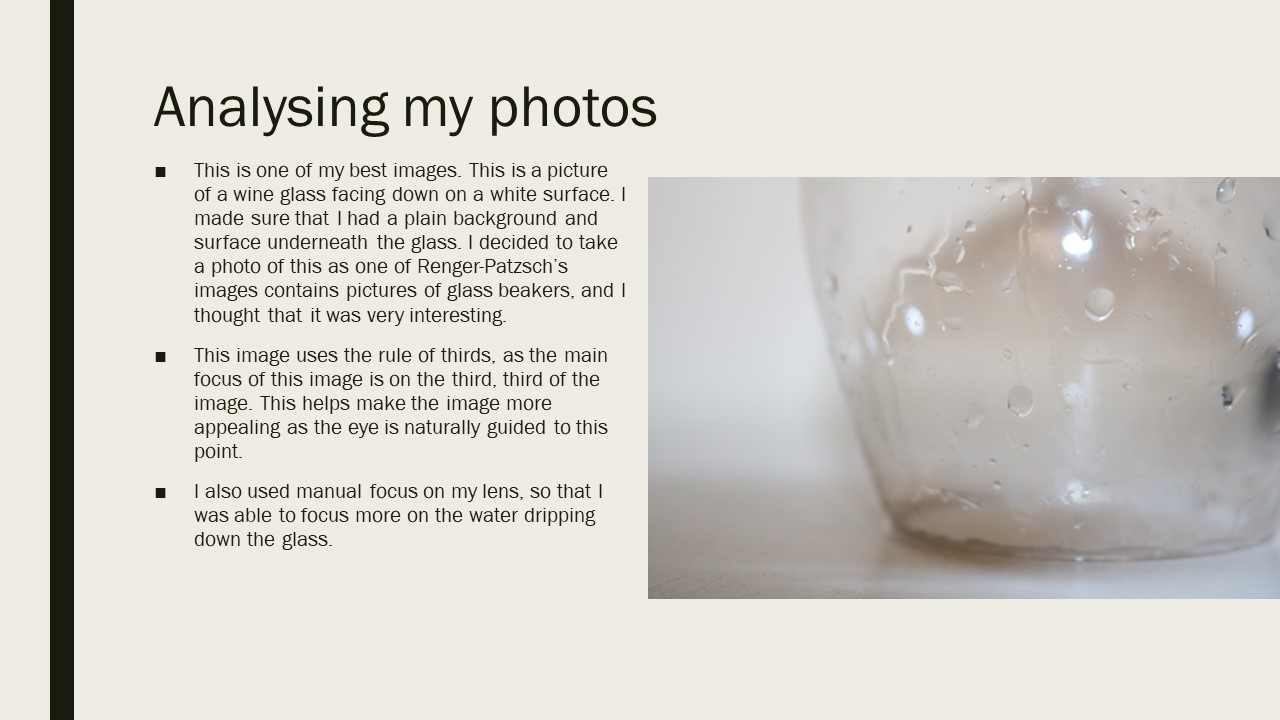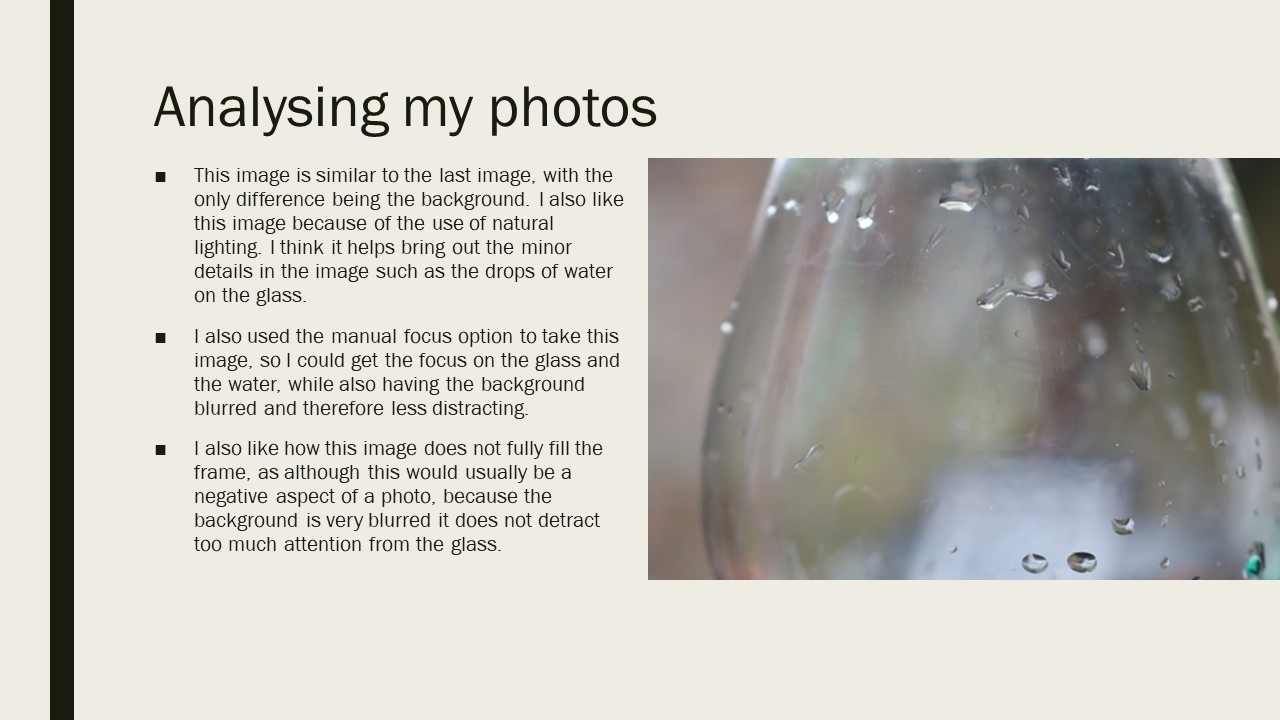- Red – Not usable image.
- Yellow – Maybe / Needs editing.
- Green – Usable image.


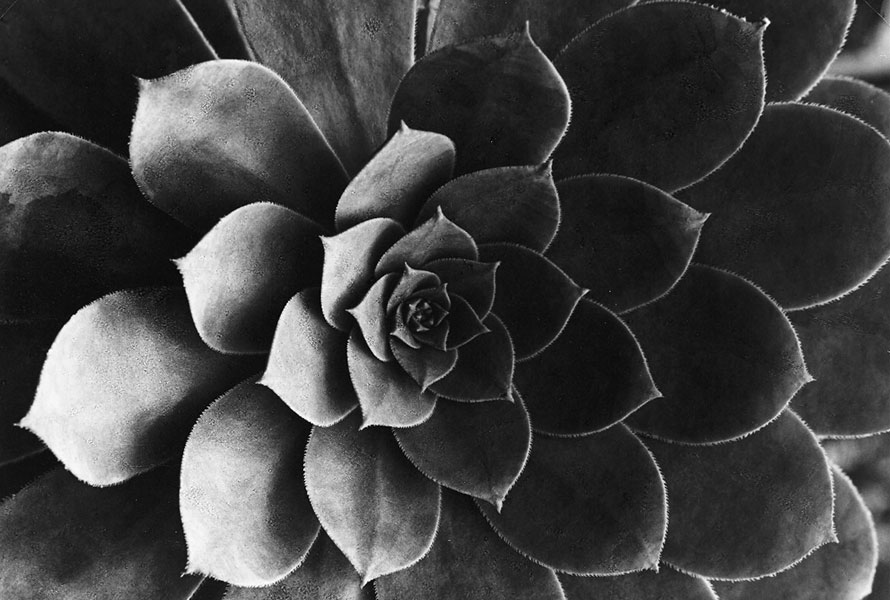
Albert Renger-Patzsch was a pioneering figure in the New-Objectivity movement 1920’s. Rejecting the tenderness and idealism of a previous generation, Neue Sachlichkeit (New Objectivity) emerged as a tendency in German art, architecture and literature in the 1920’s.
In 1928 Renger-Patzsch published ‘The World is Beautiful’ which was a collection of 100 photographs whose rigorous sensitivity to form revealed patterns of beauty and order in the natural and man-made alike. He was adapting a new and modern way of looking at the world using his work and this caused the book to establish Renger-Patzsch as one of the most Influential photographers of the 20th century.

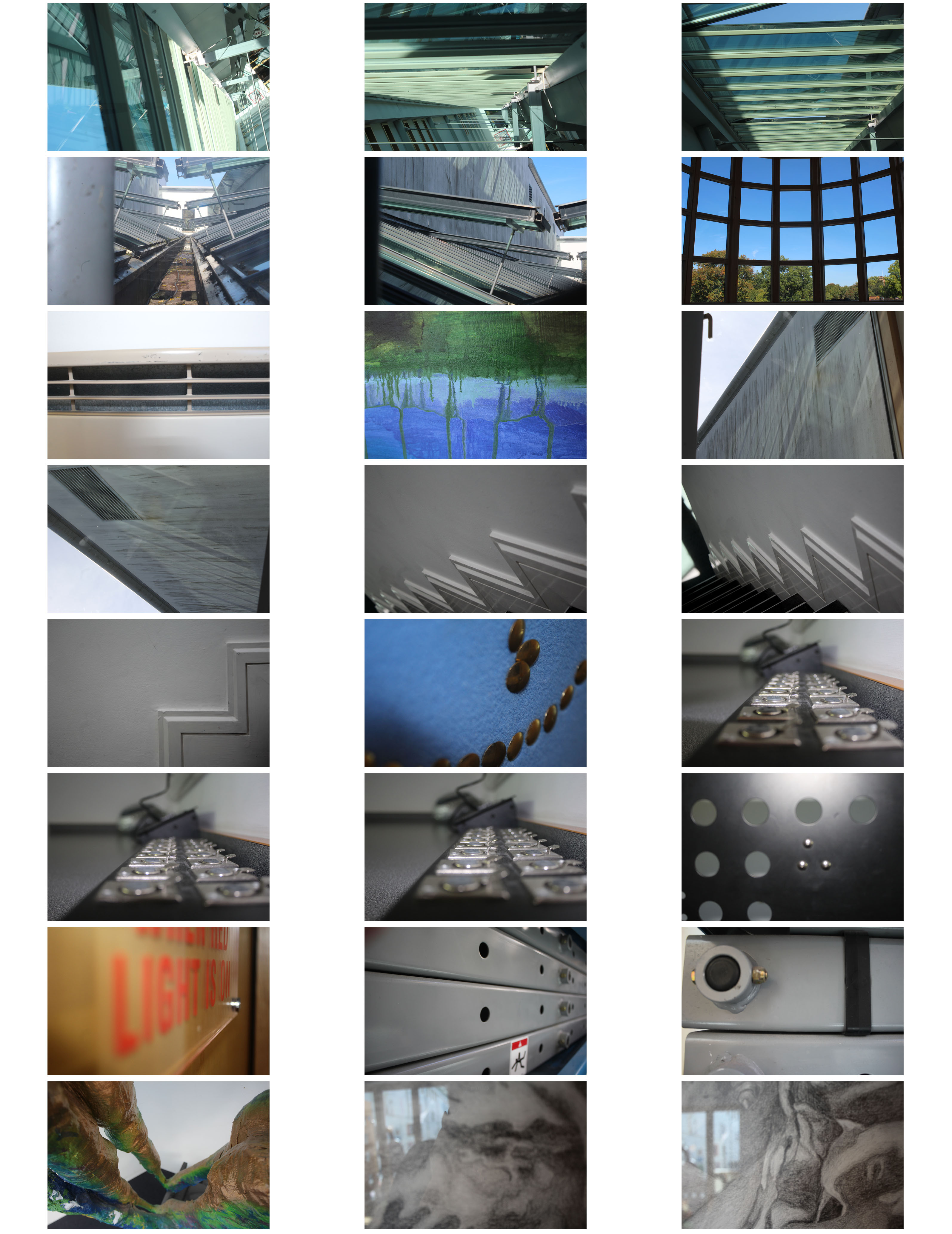

This is a contact sheet of my own response to Renger-Patzsch. These photographs I developed using manual focus on the camera which proved to be a little difficult for me however it produced some good outcomes, which I intend to experiment with during editing.
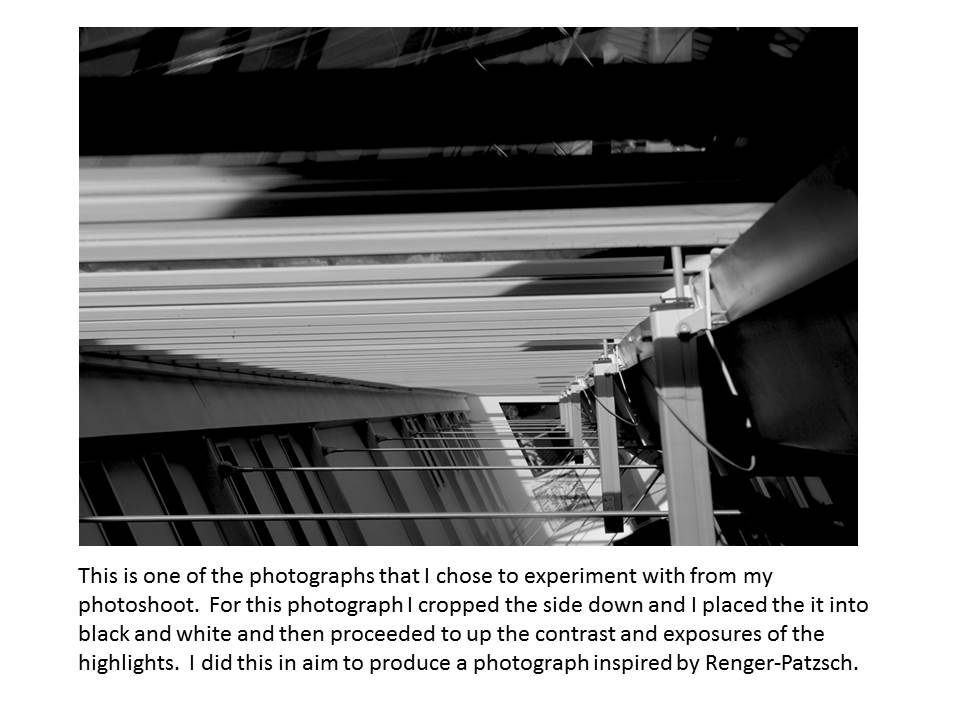
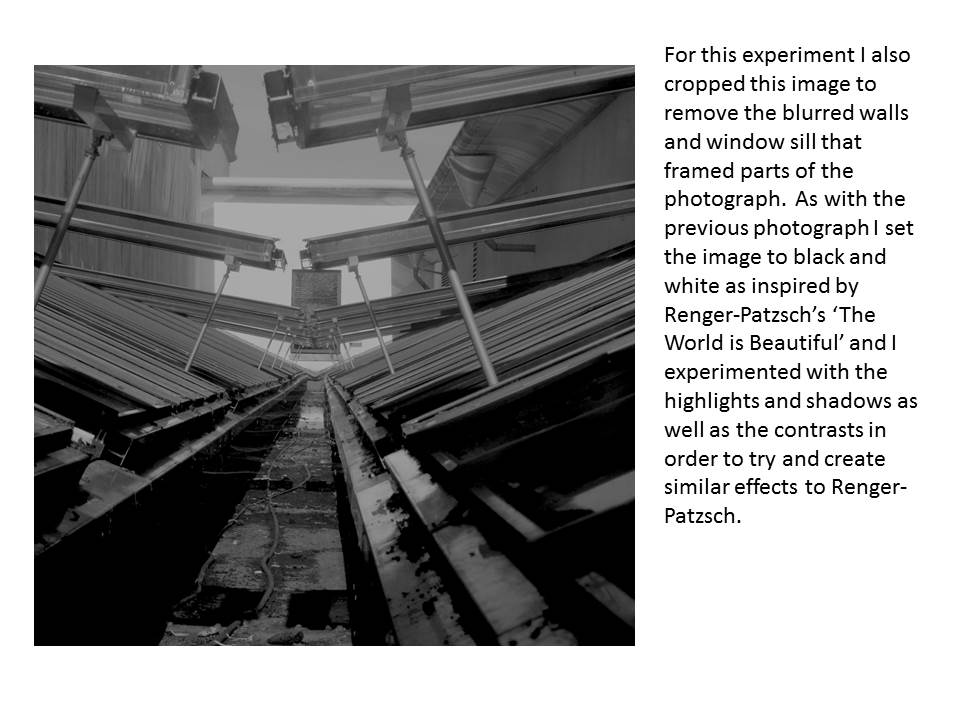
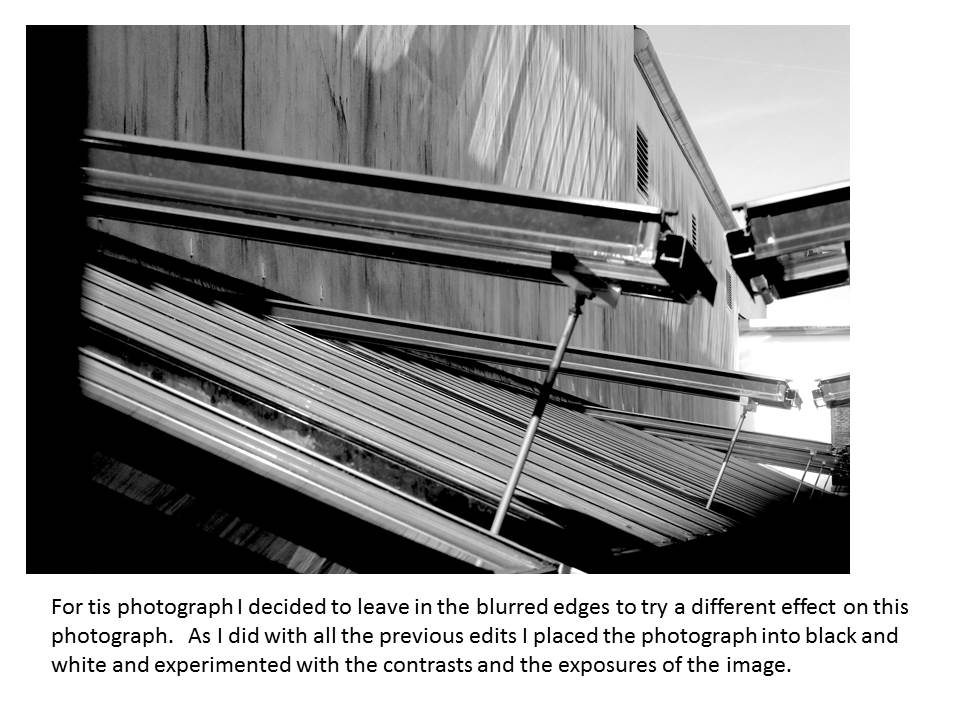
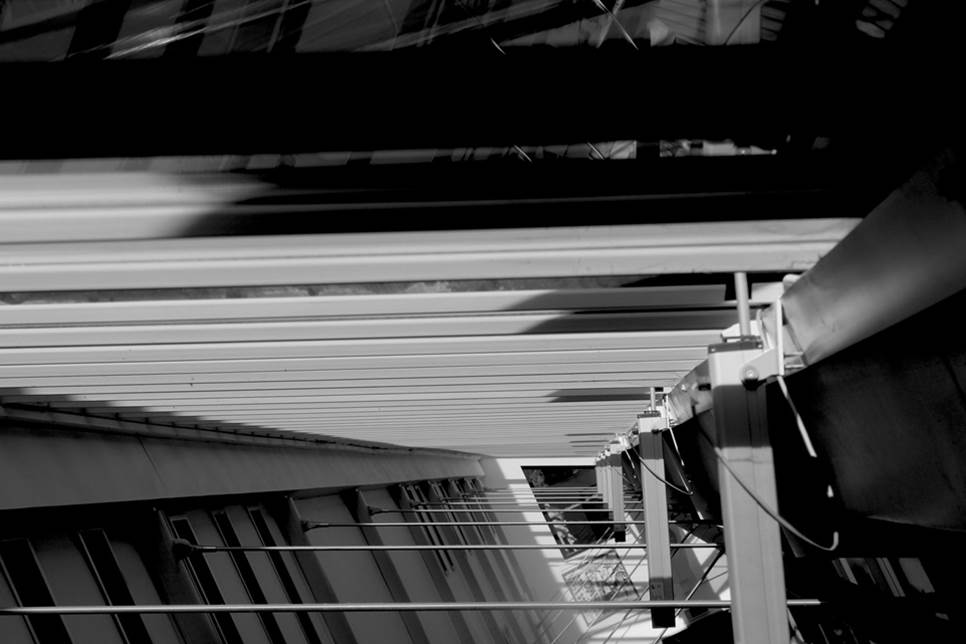
I chose this as my final photograph as I feel it was my most successful outcome both as a photograph itself and once it had been edited. I feel it has the most inspiration from Renger-Patzsch and it was my closest representation to his work through my experiments and own work.
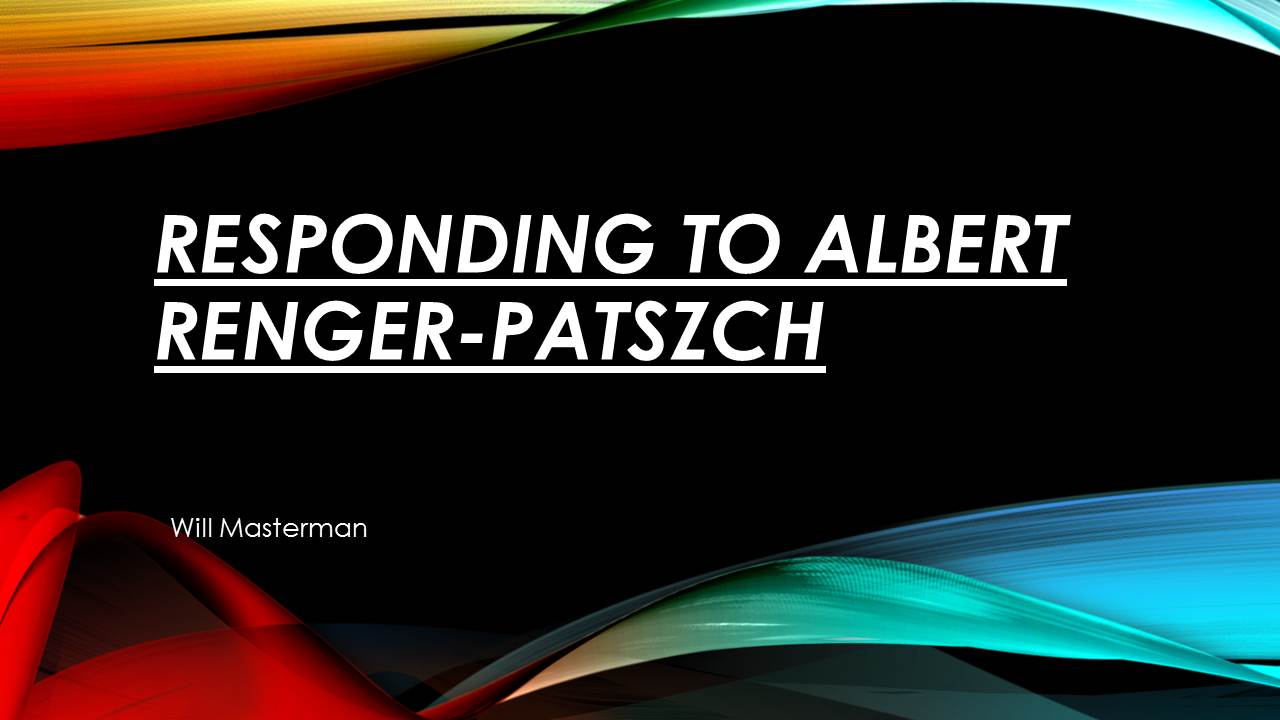
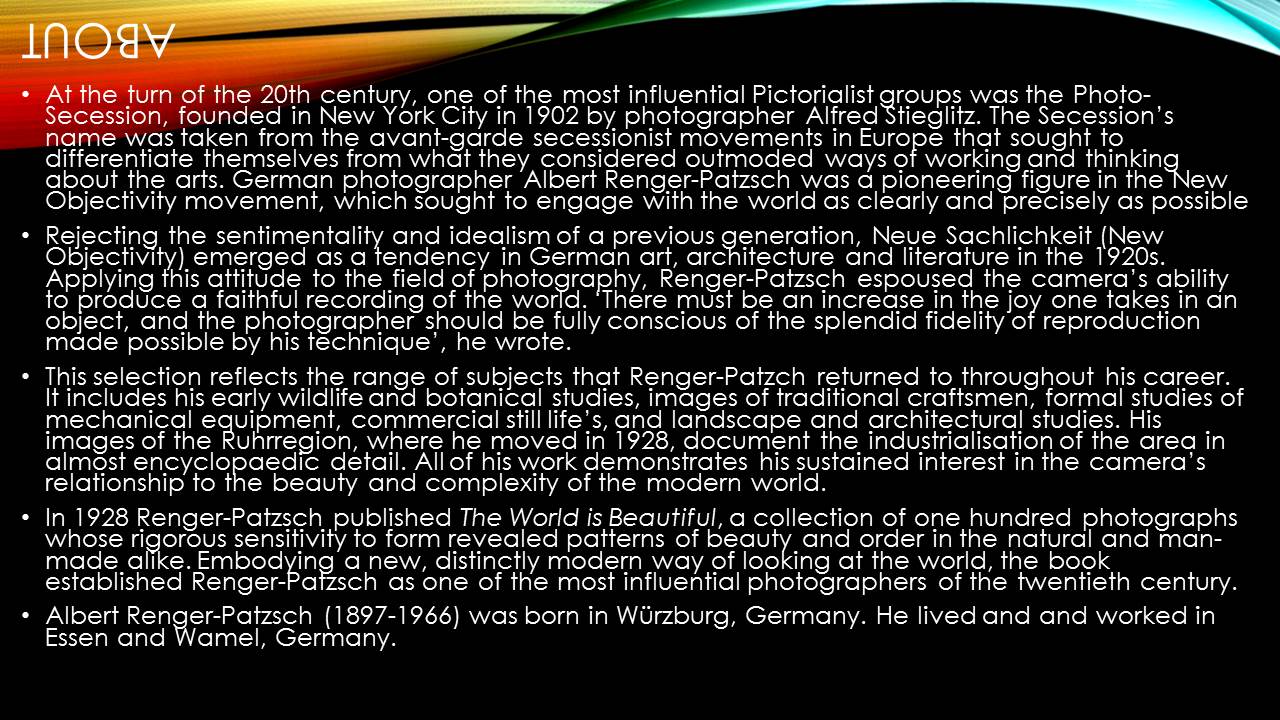
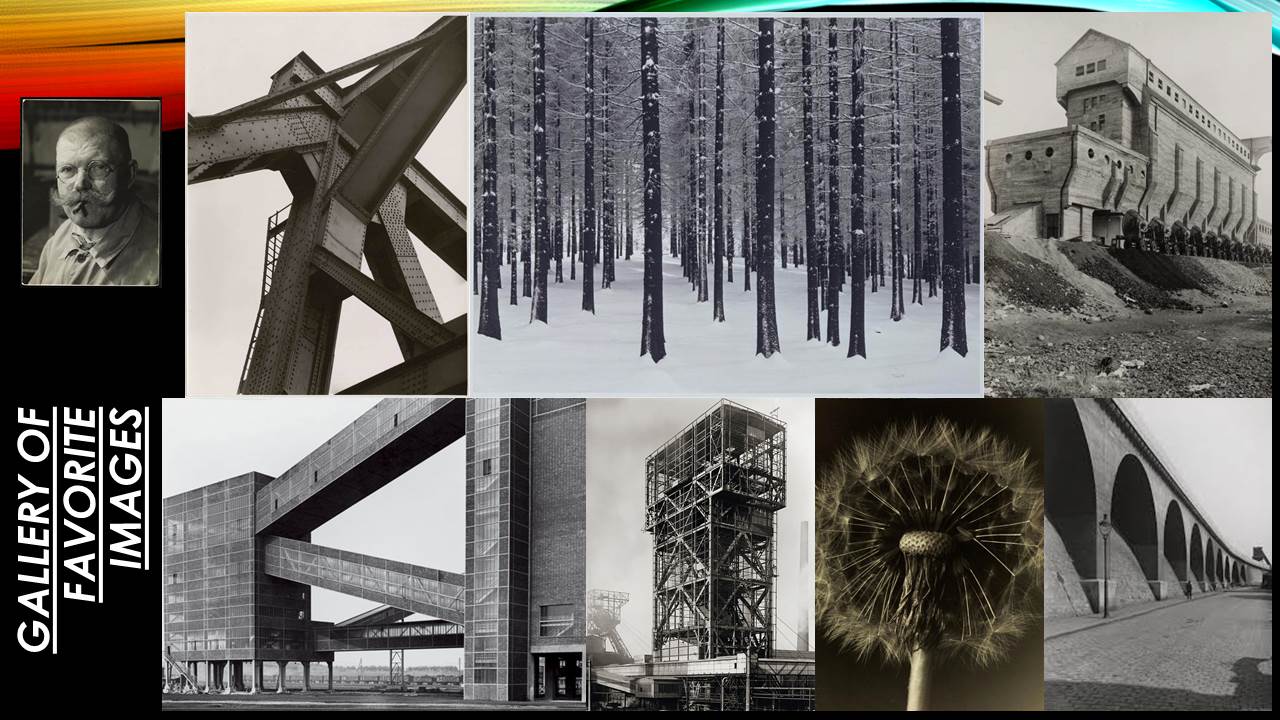
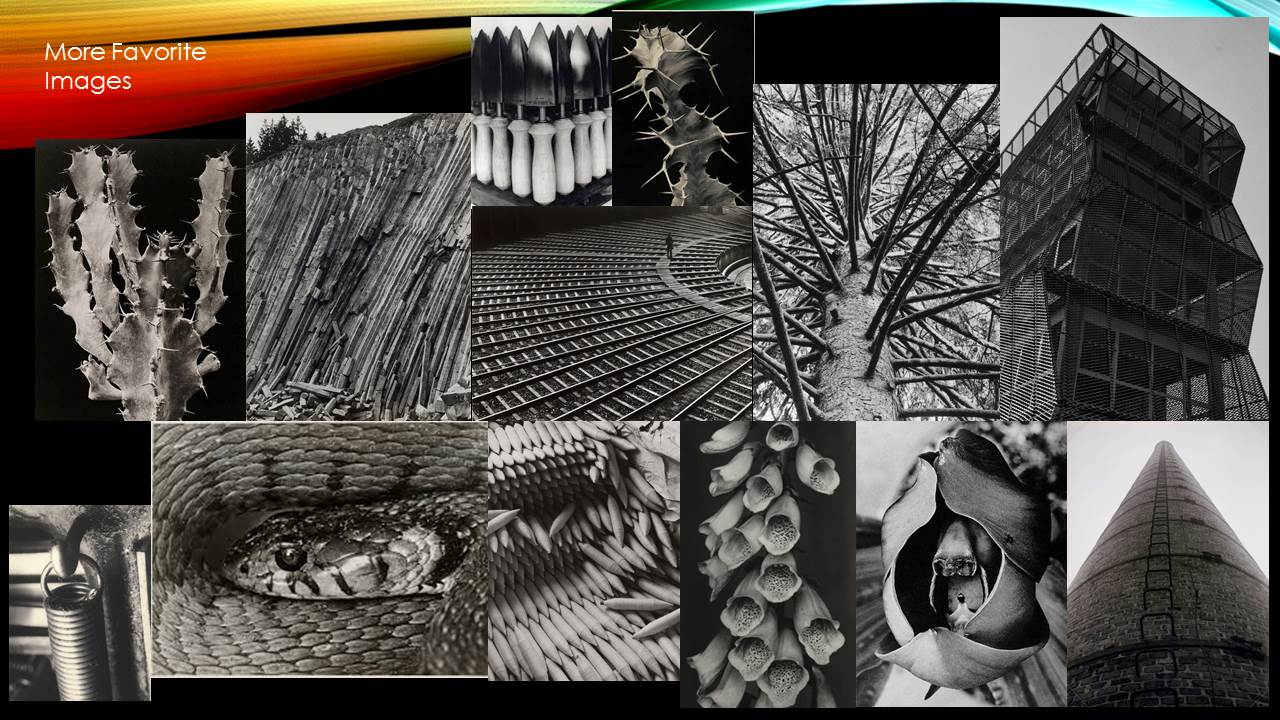
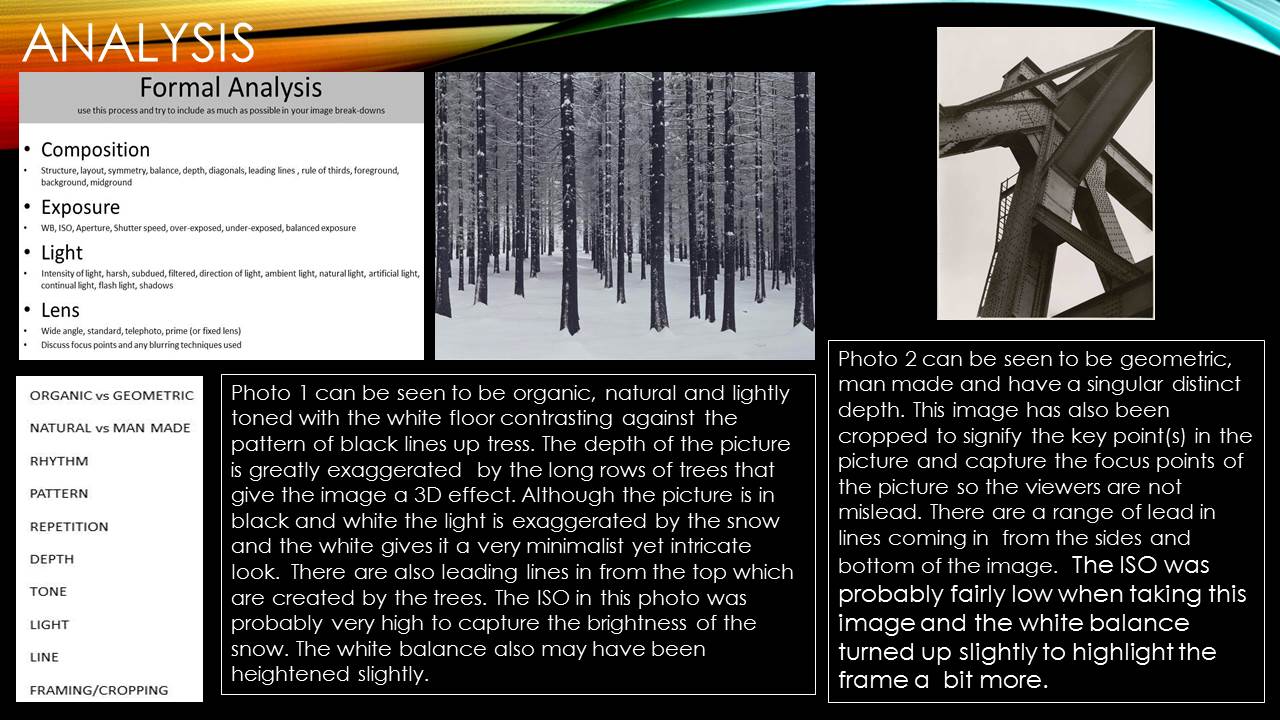
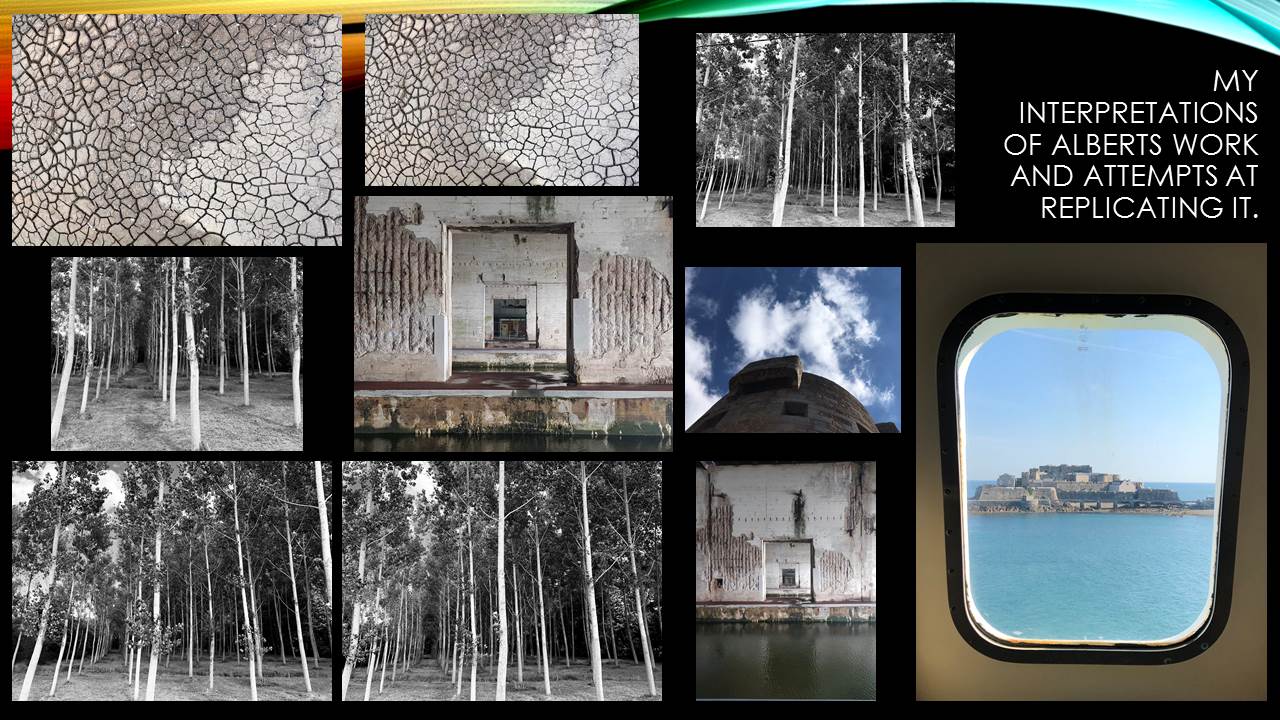
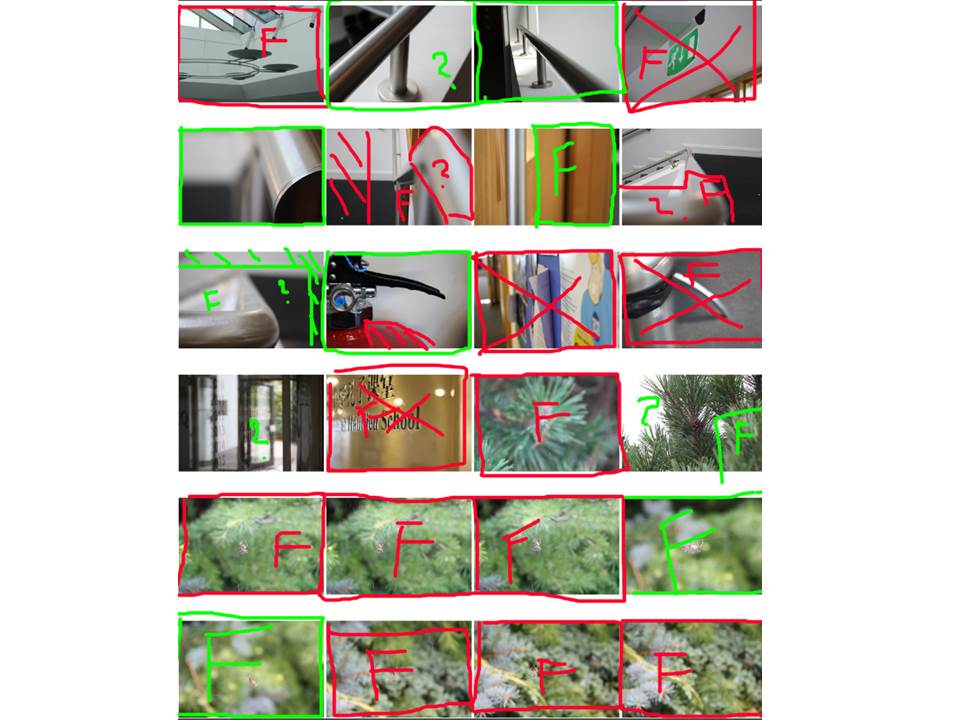
Explanation:
The first contact sheet has photographs taken with a normal focus lens, which allowed me to vary my camera setting between very detailed and not detailed. This allowed me to decide the focus points of the images much more easily, as i could adjust the zoom and focus settings with ease. I therefore produced a wider range of photographs, with a wider range of focus points.
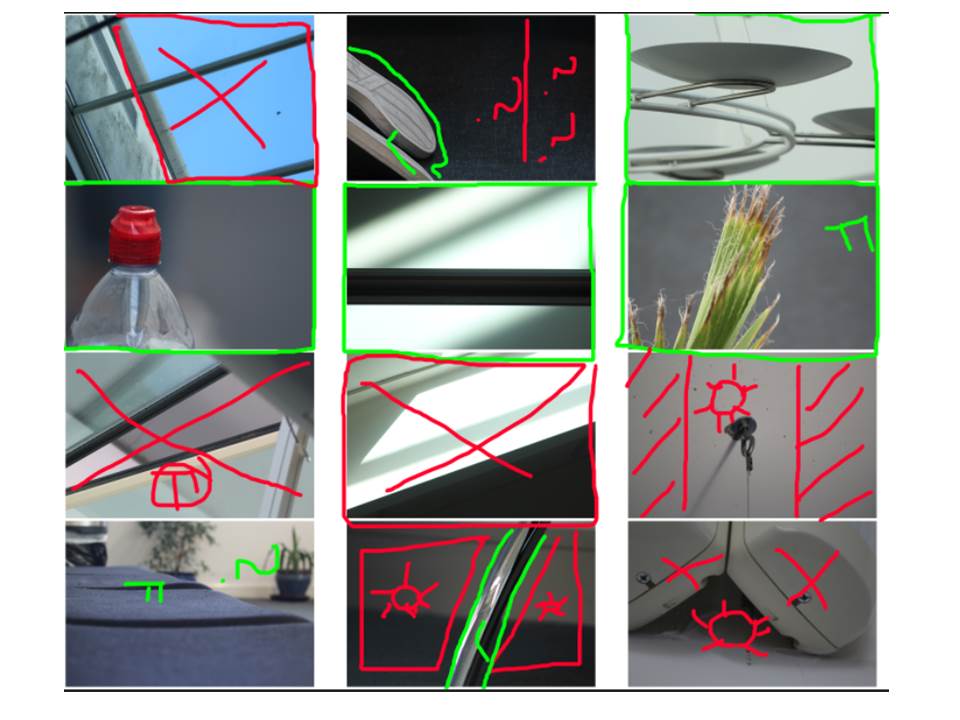
Explanation:
For the second contact sheet, I used the long focus lens. This allowed me to zoom into subjects in the distance, while still maintaining focus on them. This lens was useful for taking abstract photos of the ceiling, and zooming into subjects to make them more abstract.
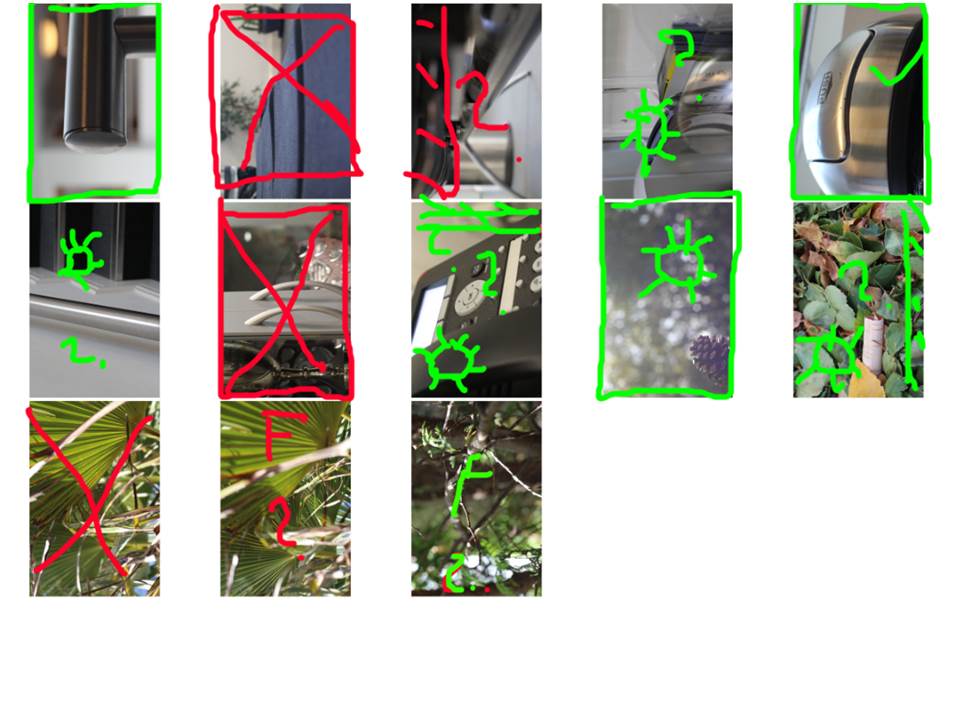 Explanation:
Explanation:
The last contact sheet has photographs taken with a portrait lens, which allowed me to really focus on close up subjects, while blurring out the background to draw the viewers eye directly to the subject. This lens was useful for taking close ups, as I had to physically move the camera closer, which allowed me to maintain a clear focus.
Key:
Red cross: don’t want to use – Red F: Out of focus – Red box – Needs cropping – Red question mark: unsure – Red sun: lighting/shade issue – Red outline of subject: don’t like this subject
Green question mark: unsure how to proceed with improvement – Green sun: change tone/small lighting issue – Green outline: small cropping issue – Green box around photo: Like/want to use
Photograph analysis:

The above photo was taken using a long focus lens. This light fixture was attached to the ceiling, and so in order to zoom in far enough and make sure the fixture was still in focus. I used a long focus lens. As shown, the focus of the camera is on the metal bar holding the light in the middle of the photograph, and it is in focus despite the long zoom.

For the above photo, I used the portrait camera lens. By using this lens, I was able to zoom right into the bin, while maintaining a good focus. This is different from the long focus lens, as it gave me more control over the positioning of the camera, and allowed me to experiment with the lighting more freely, producing the above photo as a result.
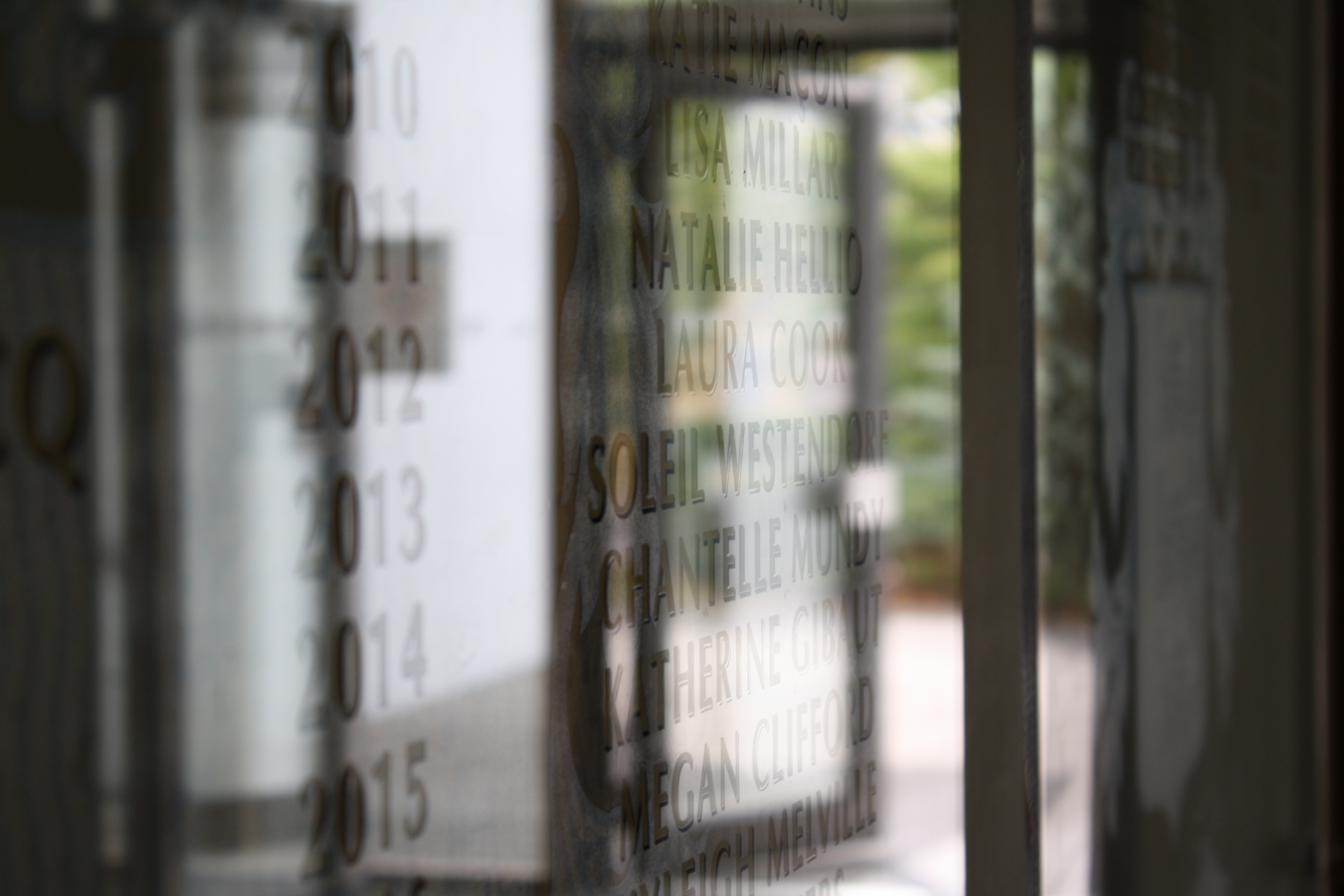 The photograph above was taken with a normal camera lens. I was able to focus more on the writing on the foreground, and have the reflection more out of focus, which allowed me to make an eye catching and slightly confusingly angled image. This effect would not be possible using, for example, a portrait lens, due to the difficulty with altering the focus and zoom manually on that particular lens.
The photograph above was taken with a normal camera lens. I was able to focus more on the writing on the foreground, and have the reflection more out of focus, which allowed me to make an eye catching and slightly confusingly angled image. This effect would not be possible using, for example, a portrait lens, due to the difficulty with altering the focus and zoom manually on that particular lens.
Albert Renger-Patzsch(1897-1966) was born in Würzburg, Germany. He lived and and worked in Essen and Wamel, Germany.
German photographer Albert Ranger-Patzsch was a ground breaking figure in the New Objective movement, which was made to engage with the world and people in it as much as possible.
Moving away form the ideals and subjects that are highly prized of a previous generation, Neue Sachlichkeit (New Objectivity) emerged as a trend in German art, architecture and literature in the 1920s. Applying this attitude to the field of photography, Renger-Patzsch adopted the camera’s ability to produce a direct visual recording of the world. ‘There must be an increase in the joy one takes in an object, and the photographer should be fully conscious of the splendid fidelity of reproduction made possible by his technique’, he wrote.
This selection reflects the range of subjects that Renger-Patzsch would always come back to throughout his career. It includes his early wildlife and botanical studies, images of traditional craftsmen, formal studies of mechanical equipment, commercial still lifes, and landscape and architectural studies. His images of the Ruhrregion, where he moved in 1928, document the industrialisation of the area in an extreme amount of detail. All of his work demonstrates his continued interest in the camera’s capability to capture to the beauty and complexity of the modern worl

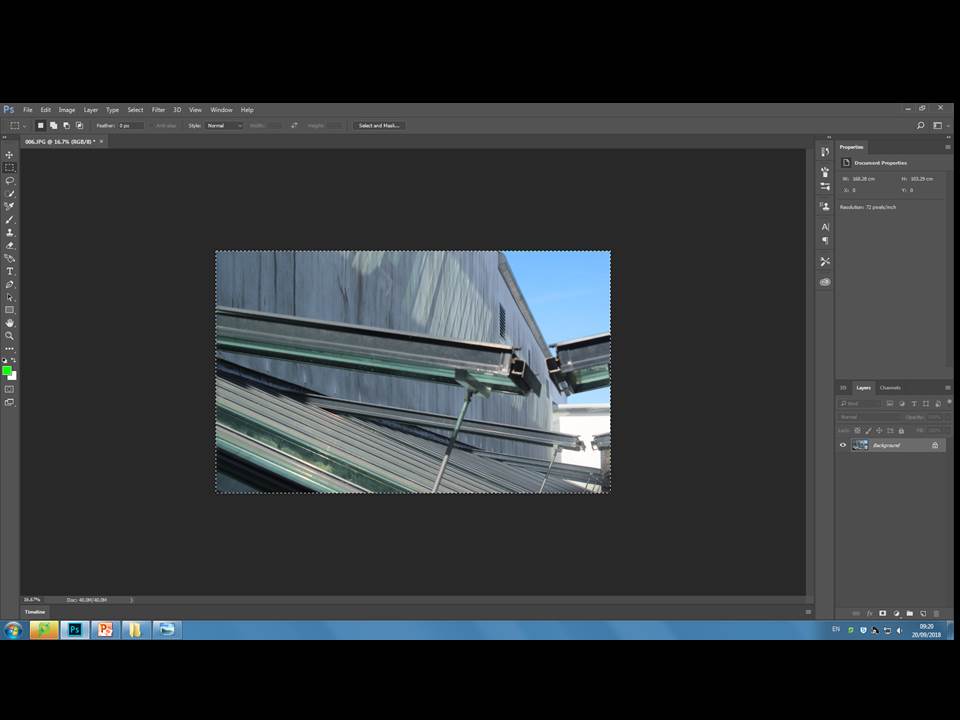
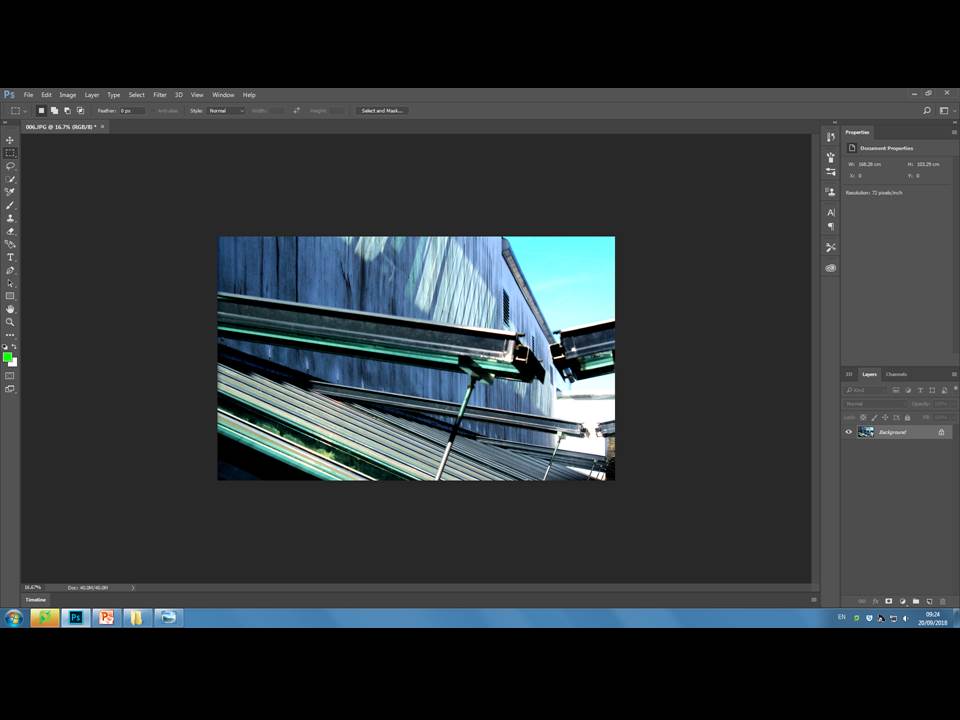



White balance is a setting on the camera that interprets the colour in the scene. There are different options when using white balance which include, auto, tungsten, fluorescent, daylight, cloudy and flash. They all produce different colour in the same photo.
Here in these photo gallery I have photographed the same scene but in different white balance settings. I photographed the same object inside and outside, this enabled me to change the settings on the camera to get the right aperture so the photo wasn’t too bright or dark.
Here in these 2 photo gallery’s I have photographed my object inside and outside, but changing the white balance settings too see how it affected the photo. I can see that certain settings bring out more colour than other, for example some of the photos are more orange than other and some are more blue.
Inside Photos
Outside photos
Inside Photos
Outside Photos
When photographing outside I had to change the shutter speed, so the photo would let less light into it, otherwise the photo would be too bright. Increasing the shutter speed results in the photo letting less light into the photo, the shutter speed is normally increased when outside because of the sun light and different tones around you.
Albert Renger Patzsch (June 22, 1897- September 27, 1966) was a German photographer who was part of the New Objectivity movement. He wanted to engage with the world clearly and precisely. The New Objectivity appeared as a movement in German art, architecture and literature in the 1920s. Using this attitude to photography, Renger Patzsch used his camera to produce a true recording of the world. His works includes wildlife and botanical studies, traditional craftsmen, mechanical equipment, landscape and architectural studies.
In 1928 Renger Patzsch published The world is beautiful, which is his best known book. It is a collection of one hundred photographs which presents natural forms, industrial subjects and mass produced objects. He reveals patterns of beauty and order in natural and man made objects. This book made Renger Patzsch one of the most influential photographers of the twentieth century.
New Objectivity
Other photographers at the time who were interested in objectivity

This is my favourite image by Albert Renger-Patzsch. Glasses of different sizes and forms have been laid out on a white table to create a visually interesting composition. The composition of this image has been thought through since the top edges of the glasses and the end of the shadows touch the corners of the image to fill the entire frame. The lighting, coming from the right hand side, is creating long shadows to dramatize the image and help define the form of the glasses. The formal element line can be seen through the shadows the glasses have casted. Since the image is in black and white, contrast is clearly visible through shadows and areas of highlight which help create depth to the image.

To response to Albert Renger Patzsch photography work I will capture 100 or more images in black and white to replicate his style. I will take pictures using the Hipstamatic app on my iphone with the lens Florence and the film BlackKeysXF. The lens captures images clearly and the film makes them black and white instantly. I think that this effect creates lots of contrast and shows highlights and shadows effectively. After I have taken the 100 images, I will make a selection to have a smaller set of images.







He was a German photographer, born June 22nd, 1897 in Wurzburg. He was largely associated with the new objectivity, he began taking photographs at the age of 12. Albert fought in World War One and after studied chemistry at Dresden Technical College, later he worked for Chicago Tribune as a press photographer. After this he began to publish books, his most well-known is ‘The World Is Beautiful’, it includes a collection of 100 of his photos. His photos in this book showed structure but also bought up the beauty of patterns and order amongst nature and man-made materials. He took pictures early on in his career of wildlife and botanical plants, then he progressed to images of traditional craftsmen, mechanical equipment, still life’s, landscapes and architecture.
The New objectivity is the rejection of idealism and sentimentality and is about seeing things for what they are. Photos are of a certain object which is the only focal point, filters and manipulations other than black and white are avoided. This type of photography depicts reality, it speaks truth, rationality and accuracy, what you see is what you get. This objective movement is also known as the ‘sober eye’ as it doesn’t have hidden concepts or imagery, it just speaks for its self without need for meaning. Photographers around the time of Albert (1920) used it as an act against expressionism which was modern art movement at the time in which through poetry and painting an artist would present the world solely from a subjective perspective, which is the complete opposite to new objectivity. Expressionism was created to provoke individual ideas and thoughts, whereas new objectivity was made to provoke political agendas and rational thoughts. The camera was used in a way to embrace the camera’s mechanical ability to capture the real world in a clear and objective manner.
Decades later in Germany photographers Bernd and Hilla Becher resonated the new objectivity approach, the duo’s work was structured like Albert’s as it was held together in a grid structure of black and white. They had similar focal points to their pictures like Albert, for instance some of very industrial looking buildings and others of buildings with character, this links back to Renger’s nature vs. man-made objects.



Albert Renger-Patzsch

Albert Renger-Patzsch was a German photographer who was born on the 22nd of June 1897, and died on 27th of September 1966. He was well know for being involved in the “Neue Sachlichkeit” movement. This movement- literally named ” new objectivity”- consisted of artists taking images of more realistic things compared to Abstract and expressionism, which was common during these times.

